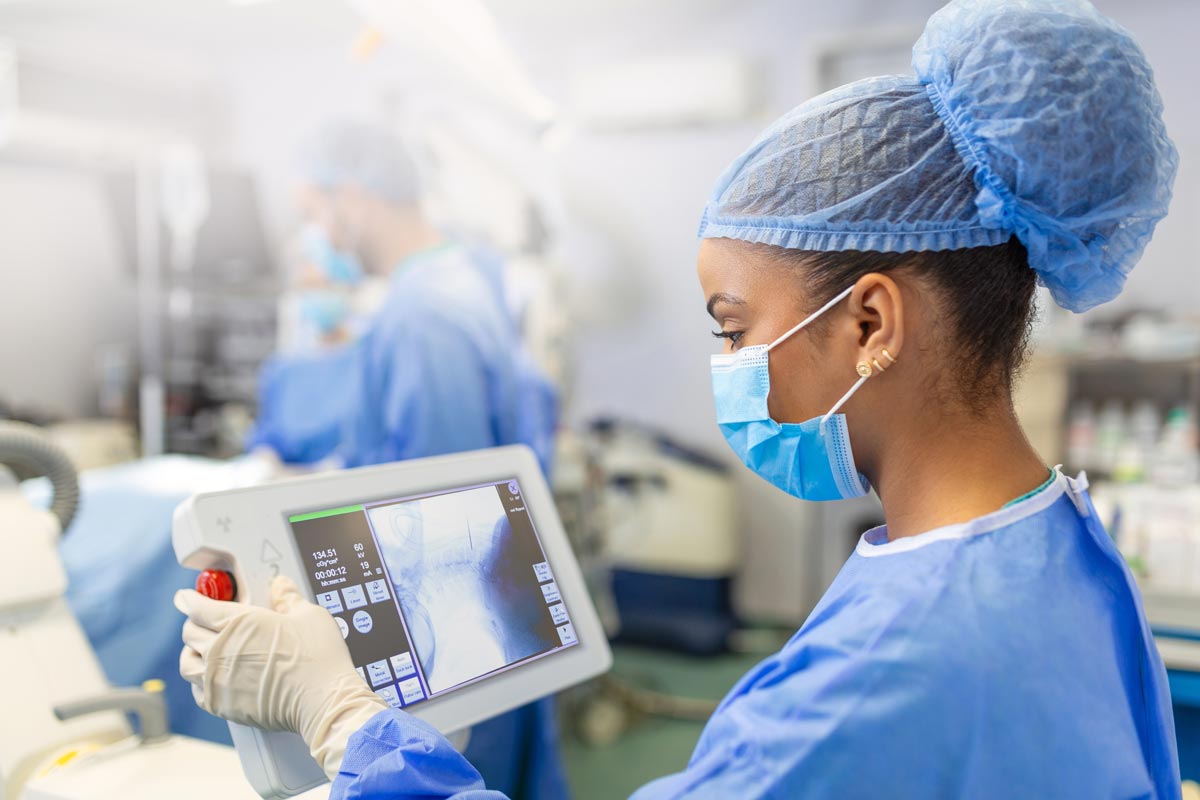
In the landscape of contemporary medicine, image-guided surgery (IGS) stands as a beacon of innovation, transforming surgical procedures with unprecedented precision. This cutting-edge technique leverages real-time imaging to provide surgeons with a dynamic visual map of the patient’s internal anatomy, offering a significant leap forward in operational accuracy and patient outcomes.
Real-Time Imaging: A Surgeon’s GPS
IGS utilizes real-time images displayed on monitors within the operating room, akin to a GPS system for the surgeon. This real-time navigation is crucial during complex interventions, allowing for the meticulous planning and execution of surgical procedures. By integrating three-dimensional imaging technologies, surgeons can accurately gauge the size and positioning of organs, ensuring each incision and maneuver is performed with the utmost precision.
Collaborative Efforts and Technological Synergy
The synergy between surgeons and radiologists is enhanced through IGS. Advanced imaging equipment within the operating room enables immediate collaboration, allowing therapeutic procedures to be applied swiftly following diagnostic assessments. This partnership is particularly beneficial for delicate surgeries, such as those involving the heart’s minuscule blood vessels, where precision is paramount.
Benefits of 3D Imaging Integration
The integration of 3D imaging systems into surgical practice has numerous advantages. Surgeons can plan more effectively, which increases the likelihood of successful outcomes and minimizes potential complications. For patients, this means receiving safer surgical treatments, experiencing quicker recoveries, and returning to their daily lives sooner.
High-Risk Operations and Enhanced Safety
IGS is indispensable in high-risk surgical operations. With its assistance, the complexity of the surgical field is simplified, accuracy is heightened, and the highest levels of safety and efficacy are realized. The technology proves invaluable for precise tumor localization during surgery, ensuring complete tumor removal while sparing healthy tissue.
Endoscopic Surgery and Its Evolution
Endoscopic surgery exemplifies the advancement of IGS. Surgeons use sophisticated imaging systems to view the affected areas through a minimally invasive approach, significantly reducing the risk of complications. Today, endoscopic techniques are widely applied across various disciplines, from gastrointestinal and gynecological procedures to urological and ENT surgeries, as well as neurosurgery and spinal conditions.
Neurological Navigation: A Game-Changer
Neurological navigation has revolutionized brain and spine surgeries. This advanced technology guides surgeons to surgical targets without the need for external frames.
By using pre-captured MRI and CT images, the navigator directs surgeons along the safest path to the tumor, reducing the risk of damage to healthy tissues.
Bone and Spine Surgeries: The Minimally Invasive Edge
The field of orthopedics has seen significant advancements with the introduction of IGS. In bone and spine surgeries, the demand for diagnostic and treatment methods that ensure safety and prompt recovery is high.
Ultrasound-guided surgical operations, endoscopic procedures, and arthroscopic techniques are now foundational in the effective management of bone surgeries. These methods facilitate treatment through small openings, magnify the surgical field, and minimize disruption to the body, allowing for an enhanced recovery process.
The Future Is Now
The adoption of IGS across various surgical specialties marks a new era in medical treatments. With the aid of these technological marvels, surgeons are empowered to perform procedures with confidence, ensuring patient safety and optimizing recovery. As technology continues to advance, the potential for IGS to reshape the landscape of surgery is boundless, promising a future where surgical precision is the norm, and patient care is transformed for the better.














